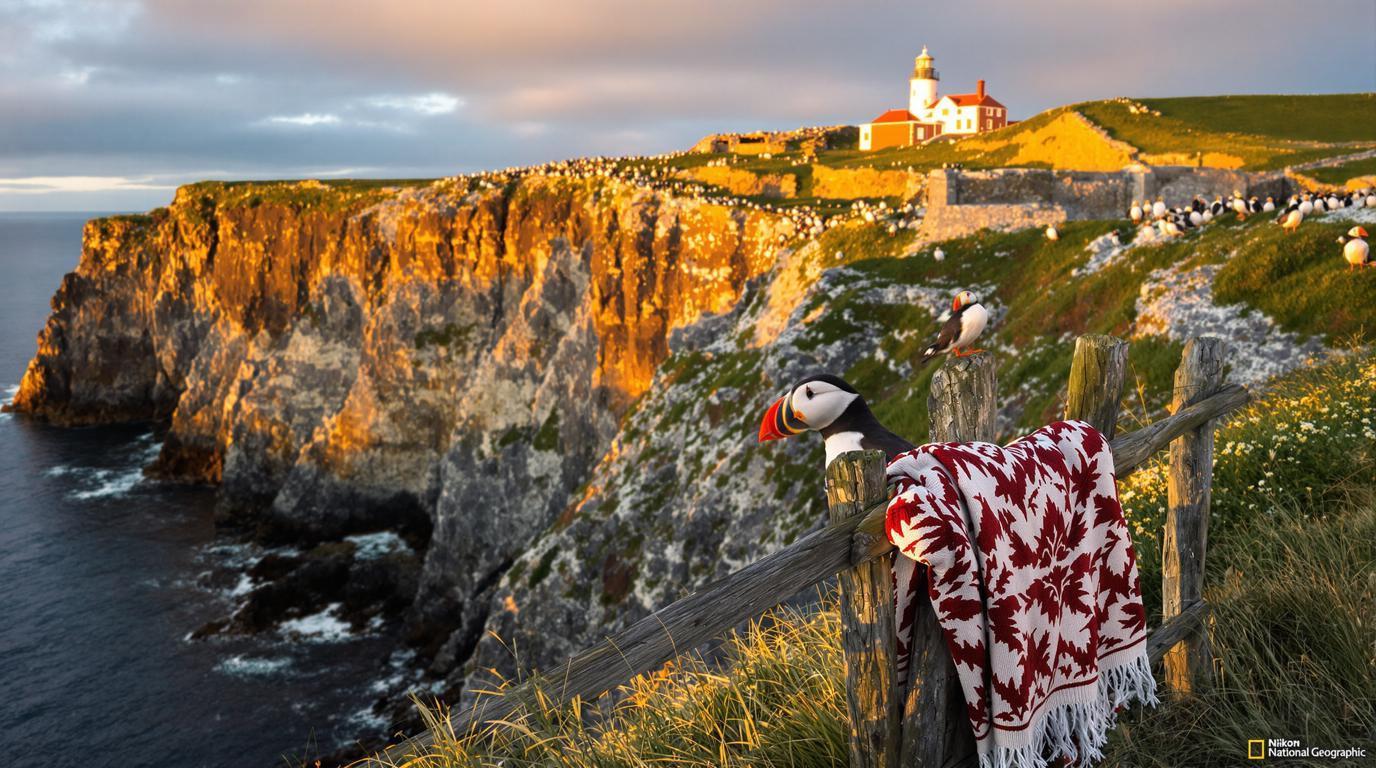Beyond whispered legends of Viking warriors and wild Atlantic shores lies a realm where Norse heritage, timeless woolcraft, and remarkable wildlife create one of Europe’s most distinctive destinations. The Shetland Islands – Scotland’s northernmost archipelago – offers travelers a rare blend of ancient traditions and natural wonders that few visitors ever experience.
Where puffins outnumber people and Viking fire still burns
Perched closer to Norway than mainland Scotland, these windswept islands harbor a fiercely independent spirit forged by centuries of Norse influence. The spectacular Up Helly Aa fire festival, held each January, transforms Lerwick into a torch-lit procession where modern-day Vikings march proudly before setting ablaze a replica longship – a spectacular testament to Shetland’s Nordic soul.
“Our Viking heritage isn’t just history—it’s alive in everything from our place names to our celebrations,” explains Magnus Johnson, a local historian. “When visitors witness Up Helly Aa, they’re seeing a genuine cultural connection that’s survived a thousand years.”
Ancient treasures hiding in plain sight
Beyond the festivals, Shetland hides 5,000-year-old treasures that predate the pyramids, with remarkably preserved archaeological sites scattered across its rugged landscape. At Jarlshof, layers of settlement reveal a timeline stretching from the Bronze Age through Viking occupation to medieval farms—all in one extraordinary location.
The islands where wool is gold
For fiber enthusiasts worldwide, Shetland represents the pinnacle of woolcraft tradition. The annual Shetland Wool Week (September 29-October 5, 2025) transforms the islands into a global gathering of knitters, weavers, and spinners. Workshops fill quickly as visitors learn centuries-old techniques from master artisans creating the archipelago’s famous Fair Isle patterns and gossamer-fine lace.
“People come from Japan, Australia, America—everywhere—to touch this living tradition,” says Emma Peterson, a local wool producer. “There’s something magical about learning these patterns in the place they were born.”
Cliffside kingdoms of the Atlantic puffin
Perhaps nothing captures visitors’ hearts like Shetland’s charismatic seabird colonies. Between April and August, thousands of Atlantic puffins return to coastal cliffs at Sumburgh Head and Hermaness Nature Reserve, creating one of Europe’s most enchanting wildlife spectacles.
These “clowns of the sea” with their colorful beaks waddle comically on land before demonstrating remarkable underwater agility. Photographers line the viewing areas during golden hour, when the evening light bathes the colonies in a magical glow.
Island-hopping through pristine wilderness
Unlike other Atlantic archipelagos where you might kayak with seals, Shetland offers visitors the chance to explore multiple distinct islands, each with its own character. Ferries connect Mainland to Yell, Unst, Fetlar, and beyond, revealing progressively more remote landscapes where sheep outnumber humans by staggering ratios.
The tombolo: Shetland’s natural wonder
St. Ninian’s Isle connects to Mainland via a perfect natural sandbar known as a tombolo—a breathtaking formation where two beaches merge, creating a pathway that seems to float between two seas. This geological marvel ranks among Britain’s most spectacular coastal features.
Where to stay: authentic island hospitality
Unlike Greek islands with their marble palaces, Shetland offers charming guesthouses and renovated crofts (traditional farming cottages). The Busta House Hotel provides historic comfort, while self-catering options in converted waterfront buildings allow visitors to experience island life authentically.
Getting there: the adventure begins
Unlike floating over Provence’s lavender fields, reaching Shetland requires commitment—but that’s part of its magic. Overnight ferries from Aberdeen create a dramatic arrival, while flights from Edinburgh, Aberdeen, and Inverness provide quicker access to this remarkable frontier.
The Shetland Islands offer travelers what has become increasingly rare: an authentic encounter with traditions that have survived centuries and landscapes barely touched by modern development. Here, where even prime ministers have sought peace away from Westminster, visitors discover that true magic lies not in tourist attractions but in the rhythm of island life itself—shaped by wool, wind, and waves since time immemorial.
